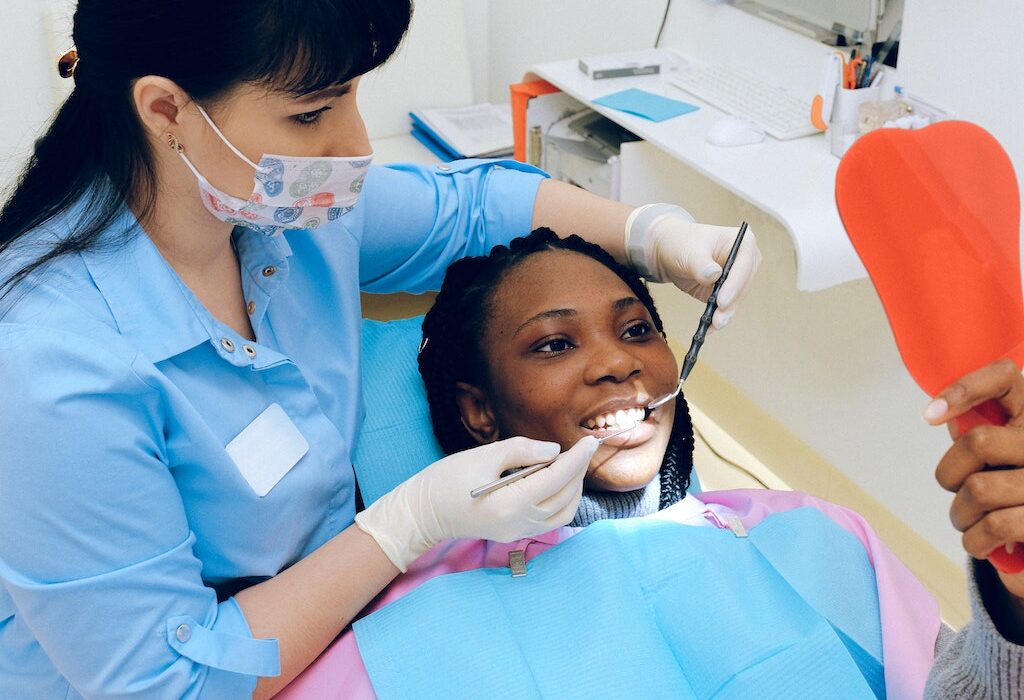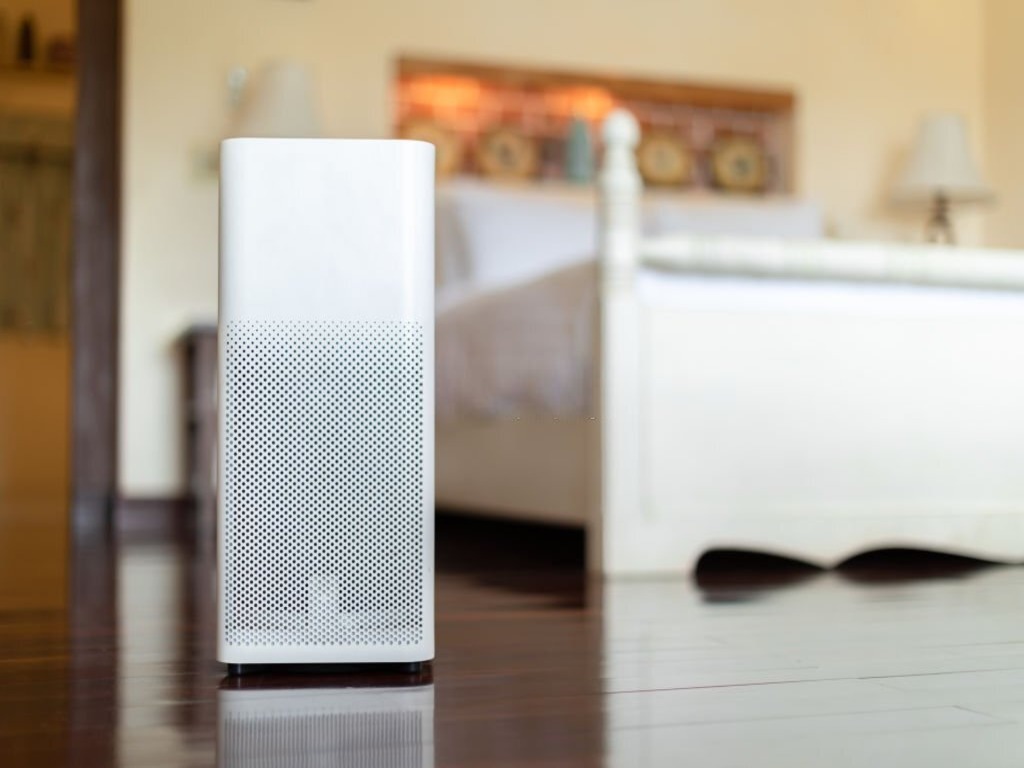Visiting the dentist can come as a surprise for older Americans due to the associated costs. After relying on employer-sponsored insurance plans for years, individuals are often surprised to discover that Medicare doesn’t cover most dental procedures. This leads to more than half of older adults skipping dental visits due to financial concerns. Here are some useful tips To help save on dental care expenses.
Pick the Right Medicare Advantage Plan
While traditional Medicare and Medigap plans don’t cover most dental procedures, numerous Medicare Advantage plans do. The specific coverage and benefits may differ, but most plans cover preventive care such as oral examinations, cleanings, and X-rays. Additionally, some plans contribute towards the expenses of more costly treatments like crowns, bridges, and root canals.
Share Financial Constraints
When faced with a costly treatment, individuals are advised to discuss their financial constraints with their dental professional. According to Ruchi Sahota, a dentist, and spokesperson for the American Dental Association, it’s beneficial to communicate openly with a dentist about potential barriers. The dentist can collaborate with the patient to explore possible solutions by sharing the financial challenges.
Visit a Dental School Clinic
Sharona Hoffman, co-director of a Law-Medicine Center, recommends receiving treatment from supervised students at a dental school clinic. Hoffman explains that although students perform the procedures, their work is closely supervised, resulting in quality care. While this is cost-effective, the appointments may require a longer time commitment. Individuals can visit the American Dental Association website to find such programs locally.
See a Dental Hygienist
In many states, dental hygienists can administer treatment to patients without a dentist’s explicit authorization or presence. This flexibility allows individuals to receive services such as cleanings, exams, X-rays, sealant, or fluoride treatments directly from a hygienist, resulting in significant cost savings. Another option is to seek free or low-cost dental providers.
Reduced-rate dental services are available through nonprofit organizations and government-funded health clinics. There may be a waiting period before one secures an appointment due to the high demand for these services. Additionally, one may look out for dentists who offer free or low-cost care to patients on specific days every month.



